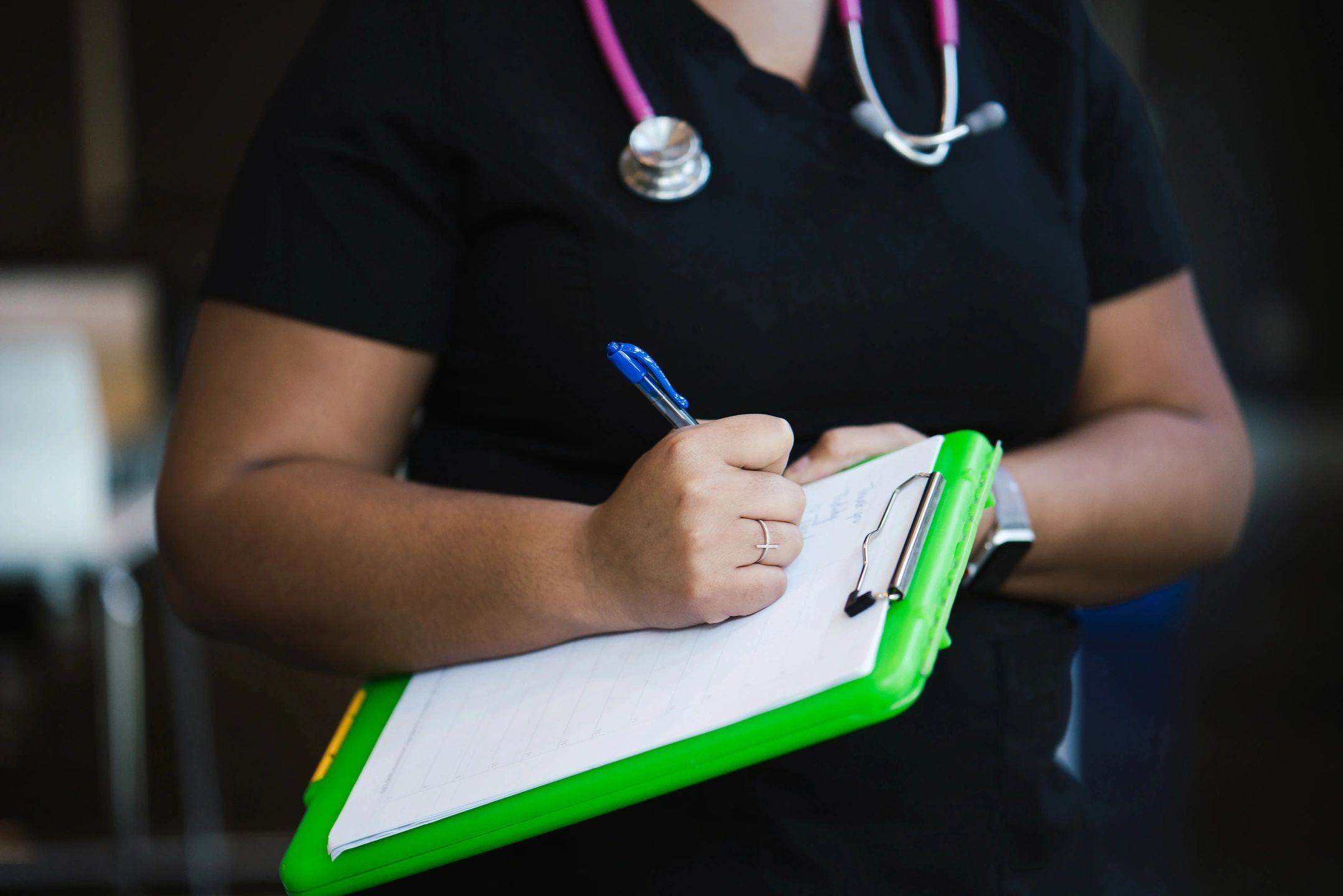We’ve used our experiences to streamline the operations to provide the best eye care possible. After all, your health and wellness is the most important thing to our eye care center. Our process makes sure we don’t miss a thing and get your back to doing what you do. Below is a simple list of what to expect on your first eye exam.
What to expect on your first eye exam.

Schedule your Eye Exam today.
Save time by scheduling online. If that’s not your style, give us a call.

